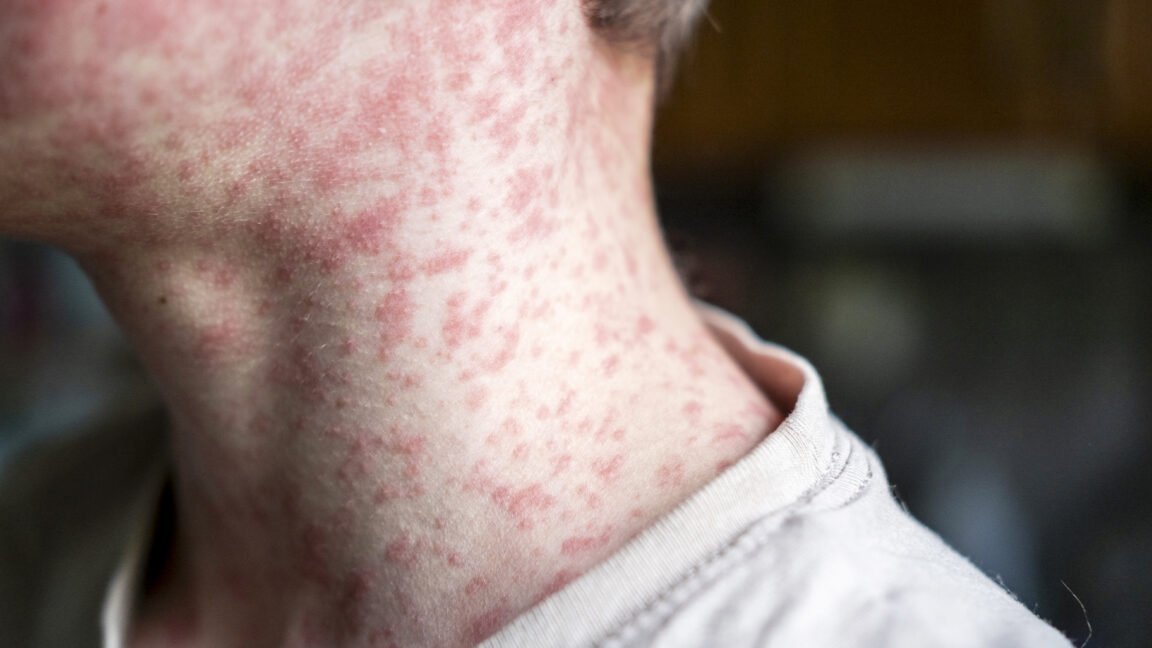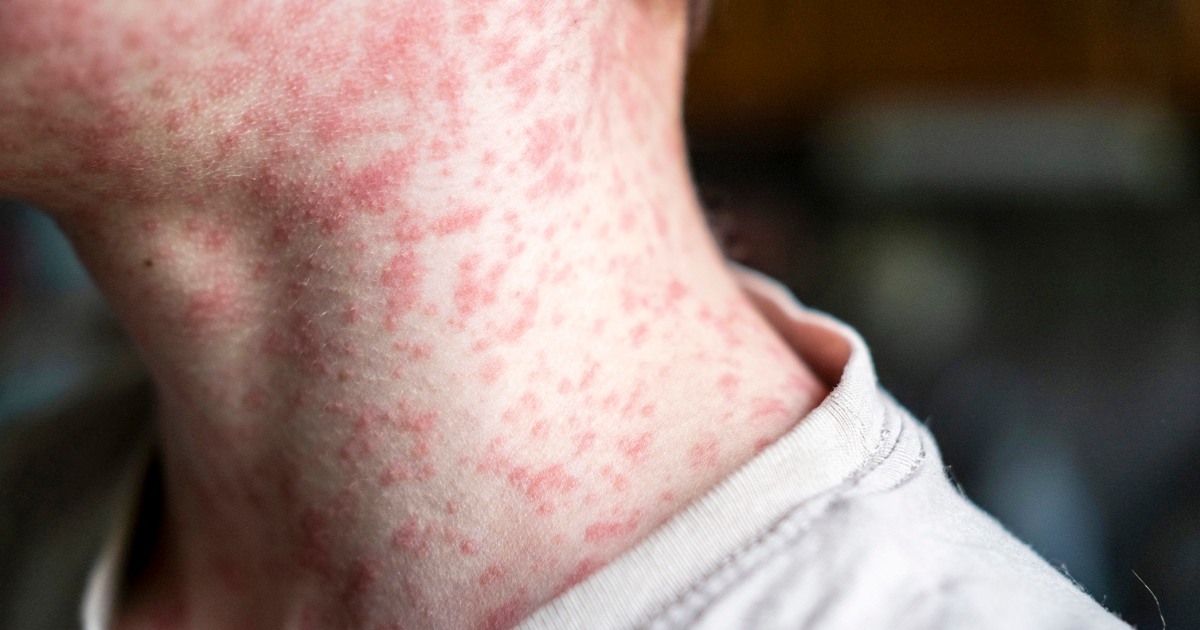Vaccinate Now: 2025-2026 Flu Season and Updated COVID-19 Shots

Introduction
As flu season approaches and COVID-19 cases are expected to rise, experts emphasize the importance of timely vaccinations. Two infectious disease specialists offer guidance on planning for COVID-19 and flu shots, highlighting the critical role these vaccines play in preventing severe illness and hospitalizations.
Key Details
For the 2025-2026 flu season, all vaccines are trivalent, providing protection against three strains. The CDC recommends vaccination for everyone aged six months and older, with special formulations available for older adults and children. Meanwhile, updated COVID-19 vaccines are designed to combat the latest variants, making them essential for those eligible.
Impact
Experts stress that receiving both vaccines simultaneously is safe and effective. With the flu season typically peaking in late fall and winter, October is an ideal time to get vaccinated. By doing so, individuals can significantly reduce their risk of severe respiratory illnesses, contributing to a healthier community during the peak viral seasons.
About the Organizations Mentioned
CDC
The **Centers for Disease Control and Prevention (CDC)** is the premier national public health agency of the United States, operating under the Department of Health and Human Services and headquartered in Atlanta, Georgia. Its primary mission is to protect public health and safety through disease control, injury prevention, and health promotion both nationally and globally[1][8]. Established in 1946 initially as a single "Center for Disease Control," the agency expanded and reorganized in 1980 into multiple specialized centers, reflecting a broader focus beyond infectious diseases to include environmental health, chronic disease, occupational safety, and health education[7]. The CDC comprises various centers and institutes, such as the National Center for Immunization and Respiratory Diseases, the National Center for Chronic Disease Prevention and Health Promotion, and the National Institute for Occupational Safety and Health (NIOSH), among others. These centers enable the CDC to address a wide array of public health challenges through research, surveillance, policy development, and education[2]. It also plays a key role in emergency preparedness and response, demonstrated notably during the COVID-19 pandemic, where its guidance shaped public health actions despite complex political and social dynamics[8]. Key achievements include pioneering epidemiological research, controlling outbreaks of infectious diseases, advancing vaccine safety and immunization programs, and addressing emerging health threats such as obesity and diabetes. The CDC is recognized for disseminating authoritative health information, including the widely cited Morbidity and Mortality Weekly Report (MMWR), and for its global collaborations with health organizations worldwide[1][3][8]. Currently, the CDC is undergoing organizational adjustments to focus more intensively on infectious diseases, as part of the 2025 Department of Health and Human Services reorganization. This includes absorbing the Administration for Strategic Preparedness and Response while shifting some functions like occupational safety to new entities[1]. The agency’s comprehensive approach, backed by science and government funding, positions it as a critical leader in public health innovation, disease prevention, and health security i









